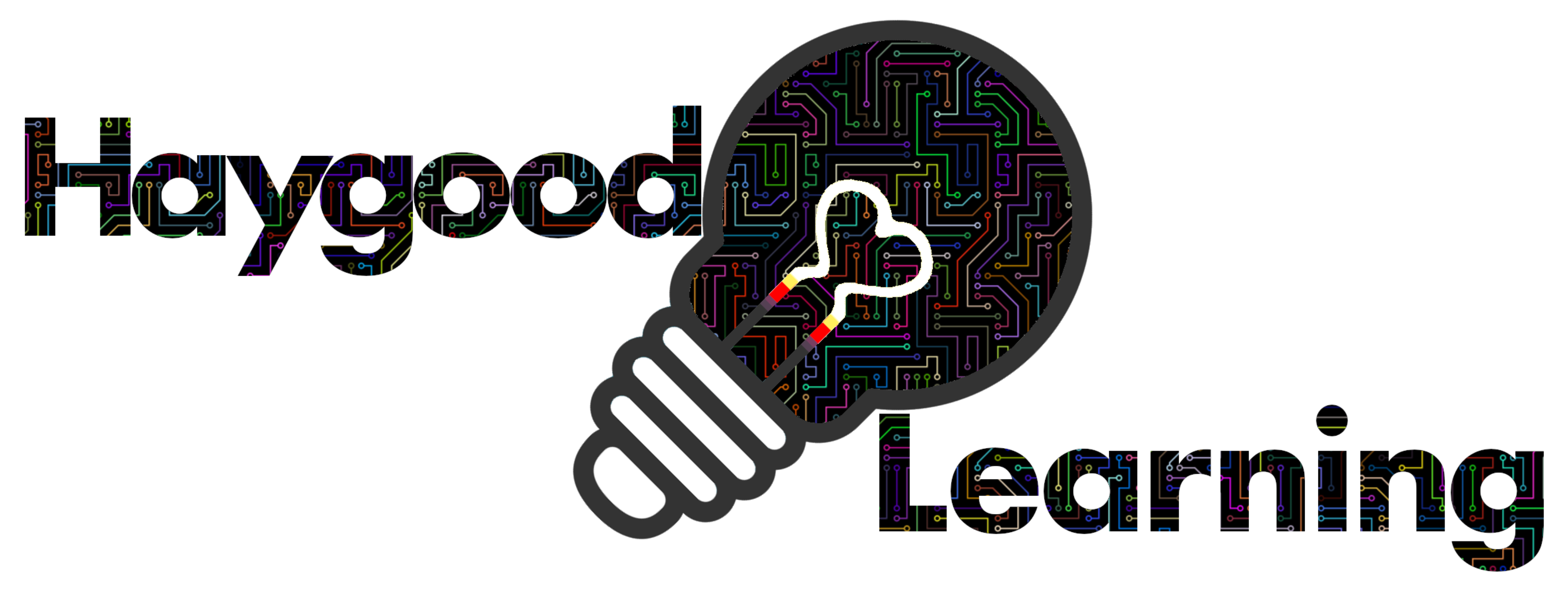
Content
Differentiation

This includes the knowledge, skills, and attitudes we want children to learn and the delivery system that brings the learning to the children.
Content differentiation requires that students be pre-assessed so the teacher can identify the students who do not require direct instruction. Once each student’s level is determined, individual or groups of students are provided content appropriate to their ability and rate of learning. Choice and resources that match the level of understanding are key to content differentiation.
Examples of Content Differentiation:
For G/T students, Content Differentiation could include:
- Enriched Content
- Guided Research–teacher facilitates finding content
- Independent Research–students discover and self-select content. May require explicitly teaching students how to learn independently (research, rubrics, etc.).
- Connecting Content to Areas of Passion/Interest
- Connecting Content to Content from Clubs, Competitions, Camps, or Extracurriculars
- Modifying the Depth & Complexity of the Content
- Compacting Content–40-50% of traditional classroom material could be eliminated for academically gifted students (Reis, et. al, 1992)
- Modifying the Reading Level
- Reading Buddies–Younger students read with/to older students and vice versa
- Reading Contracts
- Professional Dialogue
- Mind Maps, Graphic Organizers, Frayer Models, Graphical Representations, Videos, Audio, Podcasts, Text-to-Speech, etc.
- Guest Speakers
- Mentor-Provided Content and Conversation
- Field Trips/Virtual Field Trips
- Interacting with Artificial Intelligence
- Virtual Manipulatives
- Thematic Units
- University Classes/Advanced Academics
- Acceleration–there are many ways to accelerate (see below)
- Games for Early Finishers


Haygood Learning
Let them learn.
Copyright © 2025 Haygood Learning. All rights reserved.
